Forests will grow back by themselves if we let them. Here's how a passive rewilding strategy could be the most cost-effective – and also effective – reforestation tool we have.
Here is a story you probably haven’t heard about the Amazon. I certainly hadn’t. Amid the deforestation, huge areas of the rainforest are regrowing. Naturally. In early 2020, Yunxia Wang, a geographer at the University of Leeds, reported that more and more of the clearance and burning there is not, as most news reporting suggests, of primary or intact forest. Most of the trees now disappearing from the forest are young, just a few years old. They are the result of regrowth in recently deforested areas. That finding does not diminish the terrible scale of the deforestation. But it does speak to nature’s powers of recovery. And it illustrates how, even in the extreme conditions of modern Amazon deforestation, the forest is attempting to do what it has done so many times before after human invasion: regrow. It underlines the fact that, given the slightest chance, nature will reclaim its territory.
Using new Brazilian mapping data, Wang showed that in 2014, the last date for which she had detailed data, 72 percent of the forest being cleared was recent regrowth – double the proportion in 2000. The typical time since the last clearing was just six years, and year by year the time was shortening. Probably some of the land was being deforested for a third, fourth or even fifth time since the carnage began in earnest half a century ago.
The forest’s powers for rapid recovery are much greater than often assumed.
On the face of it, this seems very strange. Why would cattle ranchers clear forest, then let it regrow and clear it again? Well, it fits what we know about rainforest soils. Once cleared of forest and seeded with grass for cattle pastures, they quickly become exhausted. Grass won’t grow after a couple of years. So ranchers abandon them and move on to clear more forest. What Wang measured for the first time was the extent to which, even with exhausted soils, the abandoned pastures recovered their trees. The regrowth won’t instantly turn into mature rainforests – that takes time – so nobody should deny the threat posed by today’s unprecedented ecological holocaust in the world’s largest rainforest. What Wang’s data show, however, is that the forest’s powers for rapid recovery are much greater than often assumed. Policymakers may also appreciate Wang’s observation that if Brazil wanted to revert to its pre-Bolsonaro promise to restore 30 million acres of forest land by 2030, it could probably achieve the target quite easily and cheaply just by making sure that secondary forests were allowed to regrow naturally in the Amazon. No planting required.
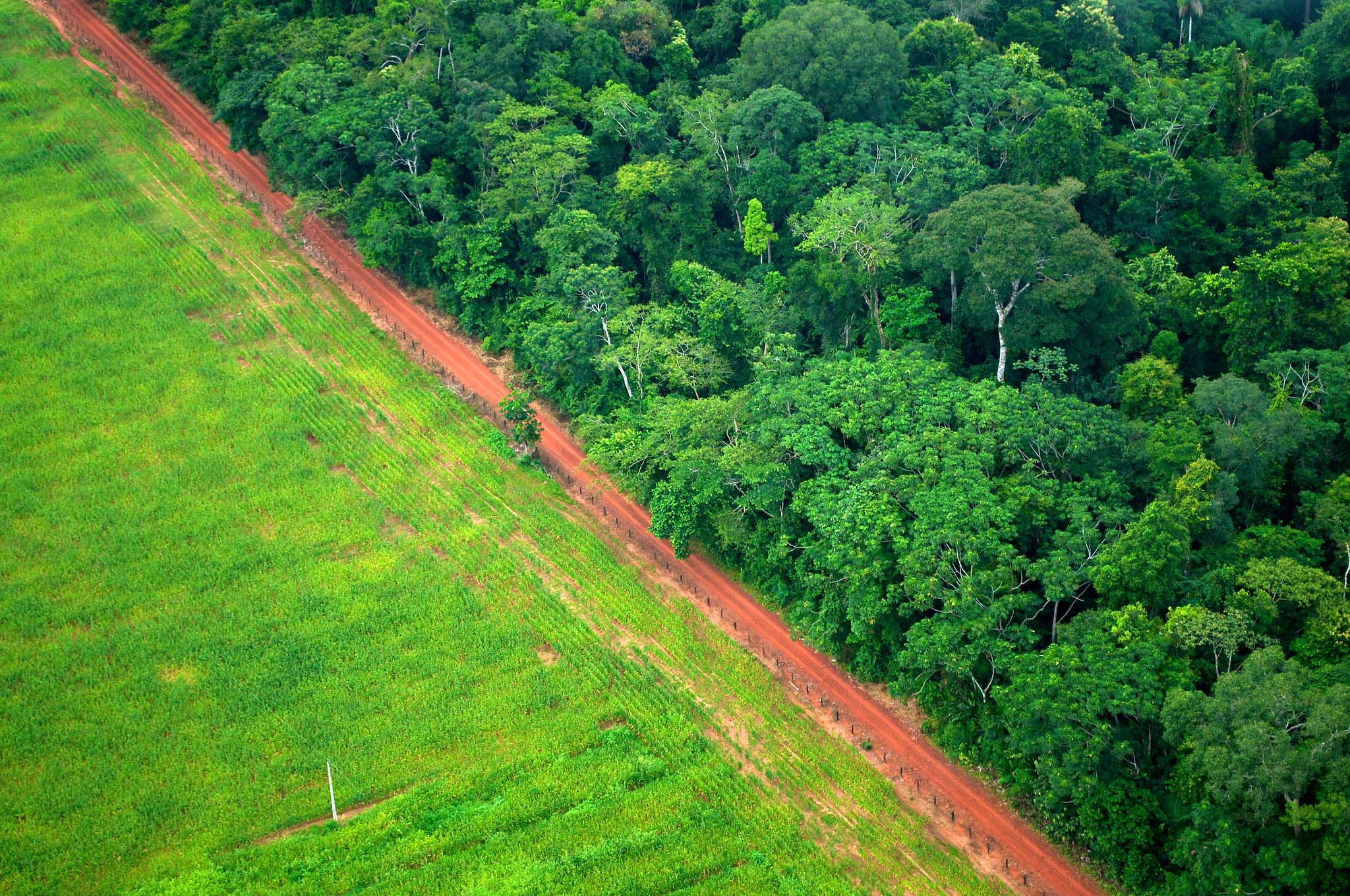
What is happening in the Amazon should be central to figuring out a path for global reforestation. For all the talk of trillion-tree programs, of Bonn Challenge pledges and of carbon offsets, it is becoming clear that there is another way to restore the world’s forests: simply let them grow. As we saw in an earlier chapter, Philip Curtis of the University of Arkansas has estimated that only about a quarter of forest loss results in permanent human takeover of the land. Much of the rest – whether trees are removed by forest fires, shifting cultivation or logging – at least has the potential for natural recovery.
The Global Partnership on Forest and Landscape Restoration, a network of academics and others set up to support the Bonn Challenge, estimates that the world contains something like five billion acres of degraded land, an area the size of Australia. Of that, it calculates a quarter could in future regrow into closed forest and the remainder is suitable for “mosaic” restoration, in which forests are embedded into agricultural landscapes. Much of this forest is already of great ecological value and is regrowing right now. The UN estimates that at any one time there is as much as two billion acres of former rainforest in natural rehab. Richard Houghton of the Woodwell Climate Research Center in Massachusetts calculates that if those forests were left to regrow, they could capture up to three billion tons of carbon every year for as much as 60 years, potentially “providing a bridge to a fossil-fuel-free world.”
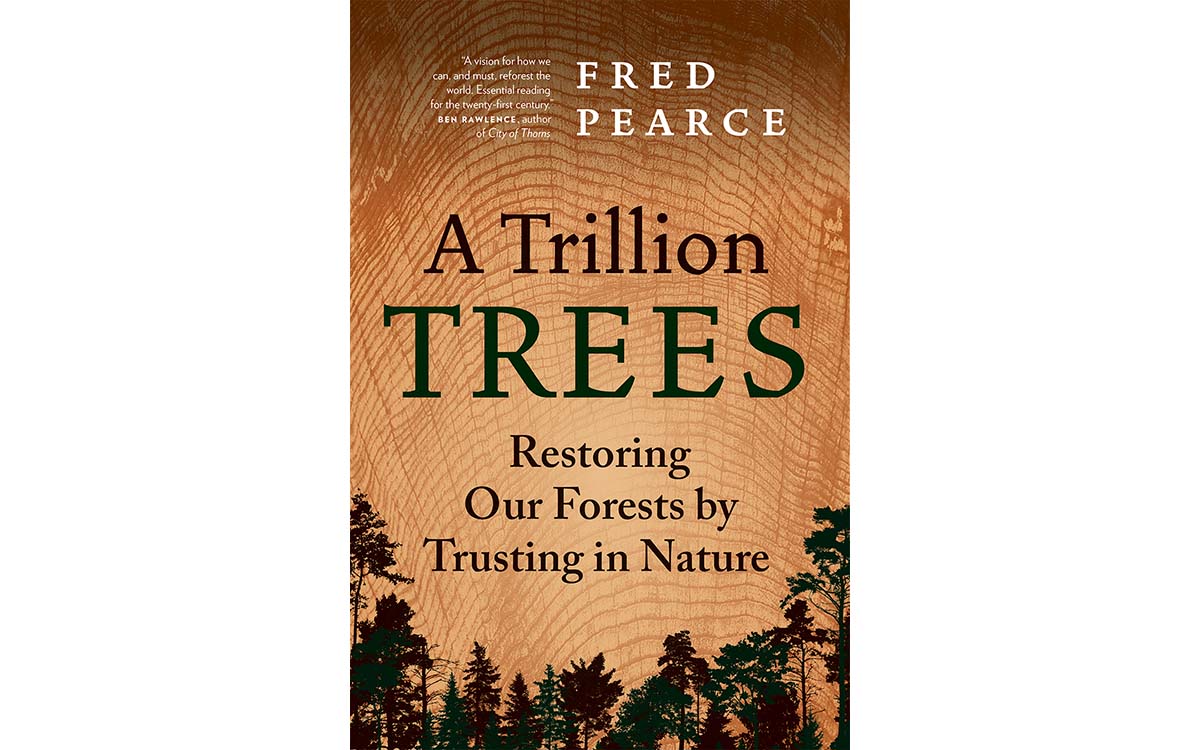
Where is all this natural regrowth going on? We heard earlier about abandoned farms in Europe and North America. The tropics contain a lot too, even as deforestation continues elsewhere. This regrowth can take many forms and may not pass muster as “intact” or as a replica of what was once there. Of course, it is often happening inside protected areas. But it is much wider than that. It is all-pervasive, constantly hiding in plain sight.
As I reflect on my travels around the world, seeking out places where forest activity is somehow special, I realize that I have often been driving right past the green shoots of the great forest recovery without even noticing. It is happening in the grass verges and abandoned pastures, in scrubby bush and forest margins. People dismiss it as “bush” or “undergrowth”; not proper forest. This is mistaken. It is the stuff of proper forests that are undergoing what ecologists call “succession.” It may look like an afterthought of nature, but it is the driving force. If we humans suddenly departed this planet, it would be what nature did next. Nature abhors an ecological vacuum and hastily fills it.
Take the little-known success story of the Caribbean island of Puerto Rico. It is, says Thomas Rudel of Rutgers University, “proportionately the largest ... forest recovery anywhere in the world.” You have probably never heard of it. Even many forest scientists are in the dark. The story begins in a familiar way. Before the Spaniards showed up at the end of the 15th century, Puerto Rico’s native seafaring people left their forests for the most part intact. But in the ensuing centuries, the colonists replaced the trees with sugar plantations in the lowlands and coffee in the central mountains. Sugar production peaked after the US took control following the Spanish-American War in 1898. By the mid-20th century, tree cover was just nine percent.
Then export markets for sugar and coffee declined and the plantations were abandoned. Meanwhile a US program to turn the island into a cheap-labour workshop, known as Operation Bootstrap, successfully persuaded smallholder farmers and herders to leave the countryside for urban factories, abandoning their fields. Subsequently, people also began migrating to the US. In this depopulated landscape, trees returned most quickly to the highland coffee fields, but later spread to the sugar plantations and pastures. By the century’s end, forest cover had returned to around half. Nobody had planted any of it. It seems Operation Bootstrap did more for nature than it did for the people of Puerto Rico.
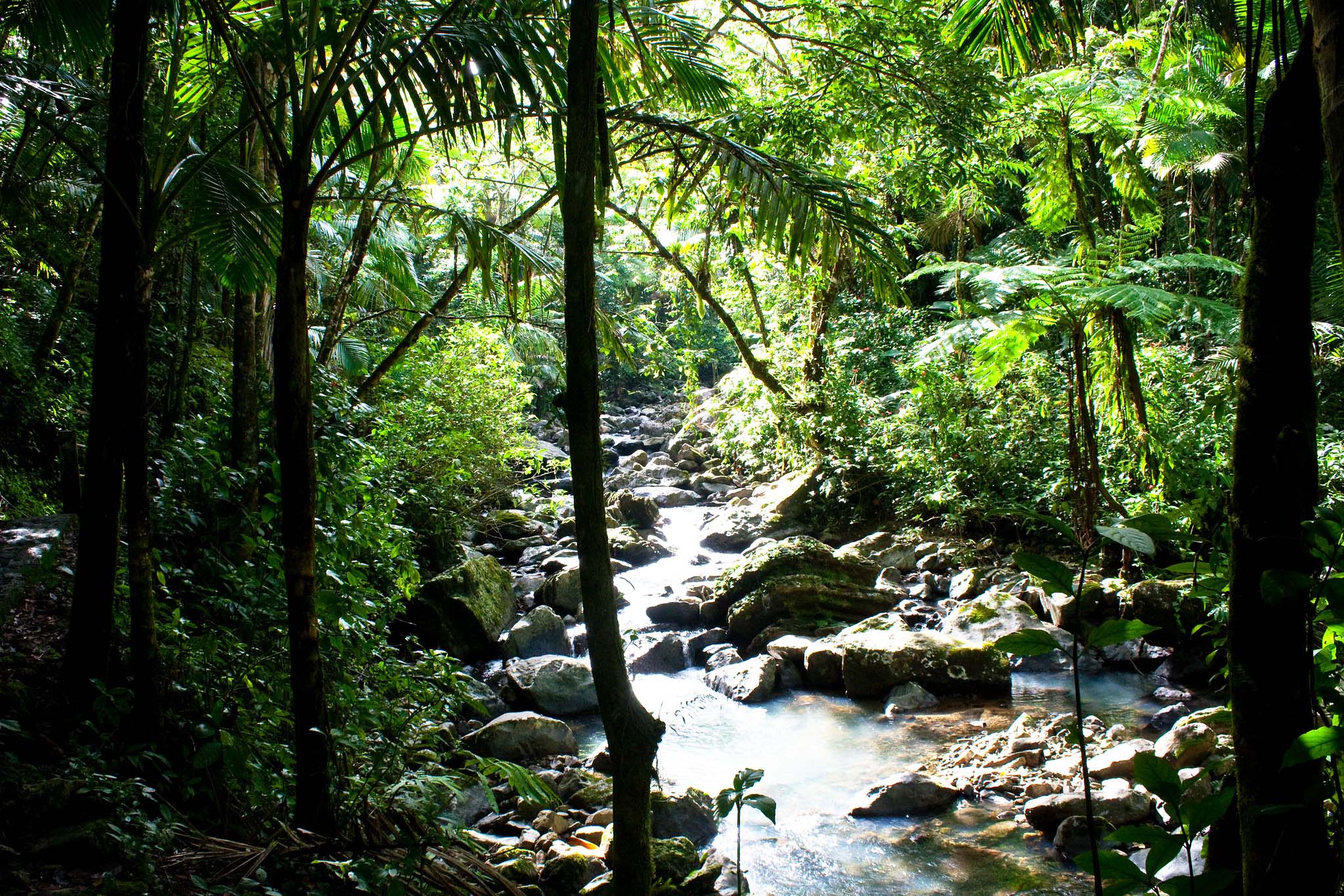
There are many other examples of rural exodus and natural recovery, not least among Puerto Rico’s neighbours. Small but densely populated El Salvador was once seen “as a Malthusian parable of population and ecological catastrophe,” says Susanna Hecht of the University of California, Los Angeles. Then, during the country’s civil war in the 1980s, areas abandoned because of the conflict were taken back by forests. After their return in the 1990s, villagers in the Cutumayo basin decided to protect and continue the restoration of their forests. As a result, a region that had 18-percent forest cover in 1978 had, by 2004, returned to 61-percent cover. Elsewhere, Hecht says, the pressure to reclaim the forests was reduced by the exodus of many people to the US. They sent home money, so those left behind no longer had to grow their own food. Nationally, there has been an increase in forest cover of around 40 percent.
While regrowth is still losing out to deforestation in much of the Amazon, Brazil’s other great forest, the dry tropical Atlantic Forest of eastern Brazil, has also shown modest recovery. At its low point, just 12 percent remained. Most of it was cleared for coffee and cattle. Then plantation companies put in pine and eucalyptus trees to supply the pulp and paper needs of São Paulo and other cities. Suzano, the world’s largest producer of pulp from eucalyptus, has hundreds of thousands of acres. More recently, there has been a switch to native species, often under the aegis of the Atlantic Forest Restoration Pact, a collaboration between government and landowners that aims to restore a third of the old forest.
Behind all the investment, hoped-for profits and promised jobs, natural regeneration has and will do most of the regreening in the Atlantic Forest, says Camila Rezende of the Federal University of Rio de Janeiro. The past piecemeal destruction means that there are lots of patches of abandoned land close to forest remnants that can reseed and recolonize the abandoned land. Since 1996, some 6.7 million acres of the Atlantic Forest have regenerated naturally, she says. Most of it is within a few hundred feet of existing forests. Often this regrowth knits together forest fragments to create larger forested areas. This secondary growth now makes up almost a tenth of the total forest cover. That area could double by 2035, she thinks.
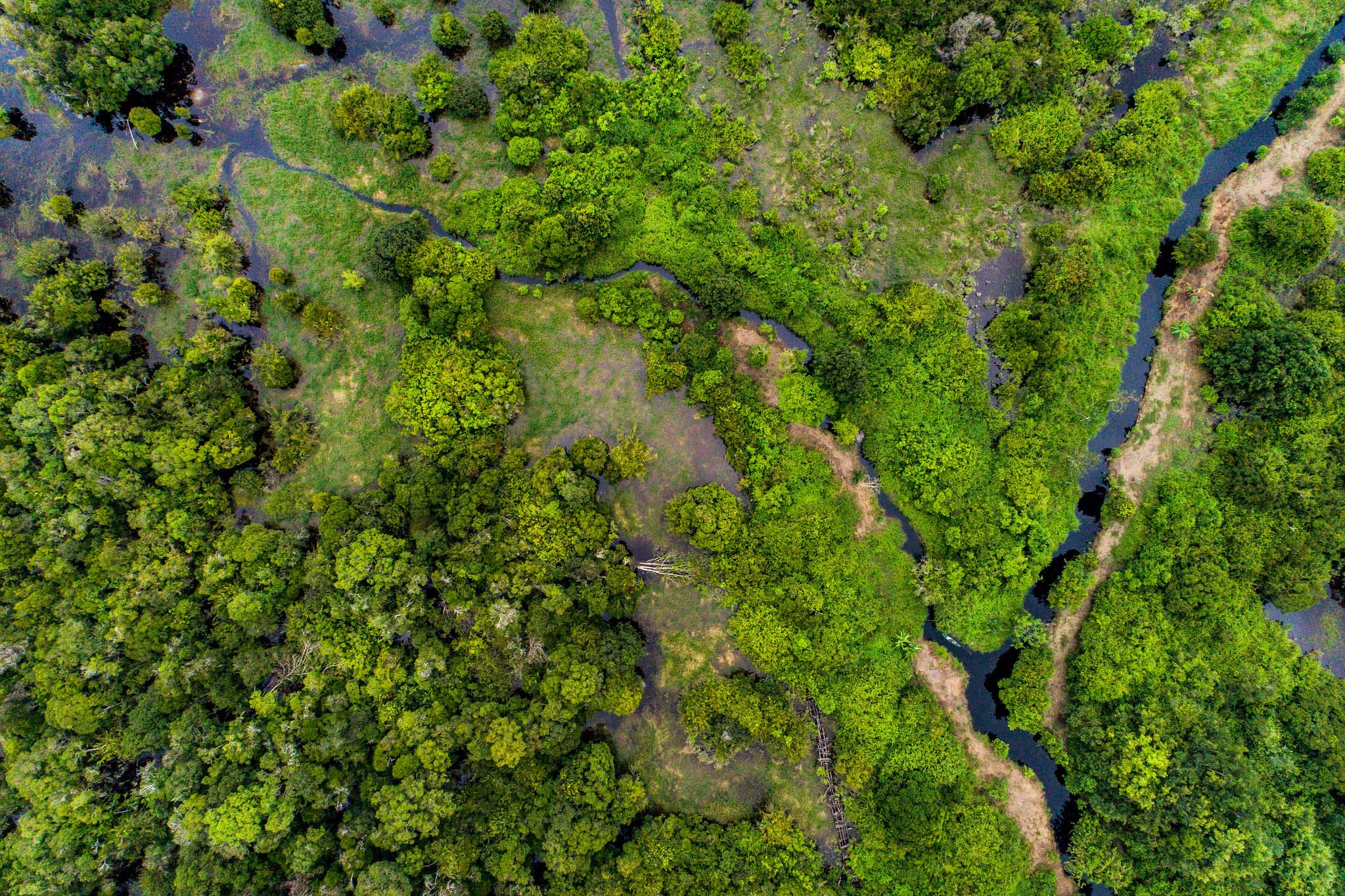
Some ecologists dismiss the virtue of degraded and secondary forests, arguing that secondary forests will never recapture what has been lost. But, as we saw earlier, they do harbour much biodiversity and hold considerable amounts of carbon. If allowed to regrow, they will hold much more of both. What may look like degraded or abandoned land is actually the cutting edge of a global reforestation. The first detailed attempt to map the potential for carbon capture from natural forest restoration found that regrowth rates assumed in reports from the UN’s Intergovernmental Panel on Climate Change had been underestimated by a third. In the rush to set up planting projects to slow climate change, the power of nature to regenerate without our assistance had been seriously underestimated, Susan Cook-Patton of The Nature Conservancy, the study’s chief author, told me.
Ecologically, natural regrowth is almost always better than planting, says Robin Chazdon of the University of Connecticut, a staunch advocate of natural forest regeneration whose book Second Growth is a bible for its practice. “Allowing nature to choose which species predominate ... allows for local adaptation and higher functional diversity,” she says. Moreover, forests recover “remarkably fast,” with 80 percent of their species richness back in 20 years and frequently 100 percent in 50 years. Nature may choose something different from the past, especially if conditions have changed, but that is a sign of nature’s dynamism and resilience, to be encouraged rather than thwarted. Karen Holl of the University of California, Santa Cruz, agrees: “In some highly degraded lands we will need to plant trees, but that should be the last option, since it is the most expensive and often is not successful.”
The evidence all around us is that nature has great ability to restore forests unaided.
The evidence all around us is that nature has great ability to restore forests unaided. Most of the 15-percent increase in forest cover across the eastern United States in the past four decades has come from natural regeneration rather than planting. That won’t always work. But in places where there are no nearby trees to provide the necessary seeds for the restored forest, an obvious option is to plant a “founder stand,” a small grove of trees that is left to reseed the surrounding area.
Devoted tree planters sometimes suggest that climate change will scupper these plans, and prevent regrowth of native tree species. But others say that natural regeneration will more often encourage growth of the local tree species best able to thrive in a new environment. “Natural regeneration helps species to shift and adapt to climate change,” says Rebecca Wrigley of Rewilding Britain.
Planting typically costs thousands of dollars per acre, once the expense of nurseries, soil preparation, seeding, thinning and the rest is included. Why bother if nature does it all better? That was the conclusion of Renato Crouzeilles from the Federal University of Rio de Janeiro, who analyzed reports on more than a hundred tropical forest restoration projects of all kinds around the world. Nature provided better canopy cover, tree density, biodiversity and forest structure. Some supplementary “enrichment” planting might be handy to protect endangered species, he said. But however clever the foresters were, the planted trees were less well suited to the space they were occupying than those chosen by nature. And often, even with the best intentions, planting fails. The NGO Wetlands International, which for many years paid for communities to plant mangroves to protect coastlines, has concluded that most such projects fail and that improving conditions for natural regeneration, such as reducing coastal erosion, is the best approach.
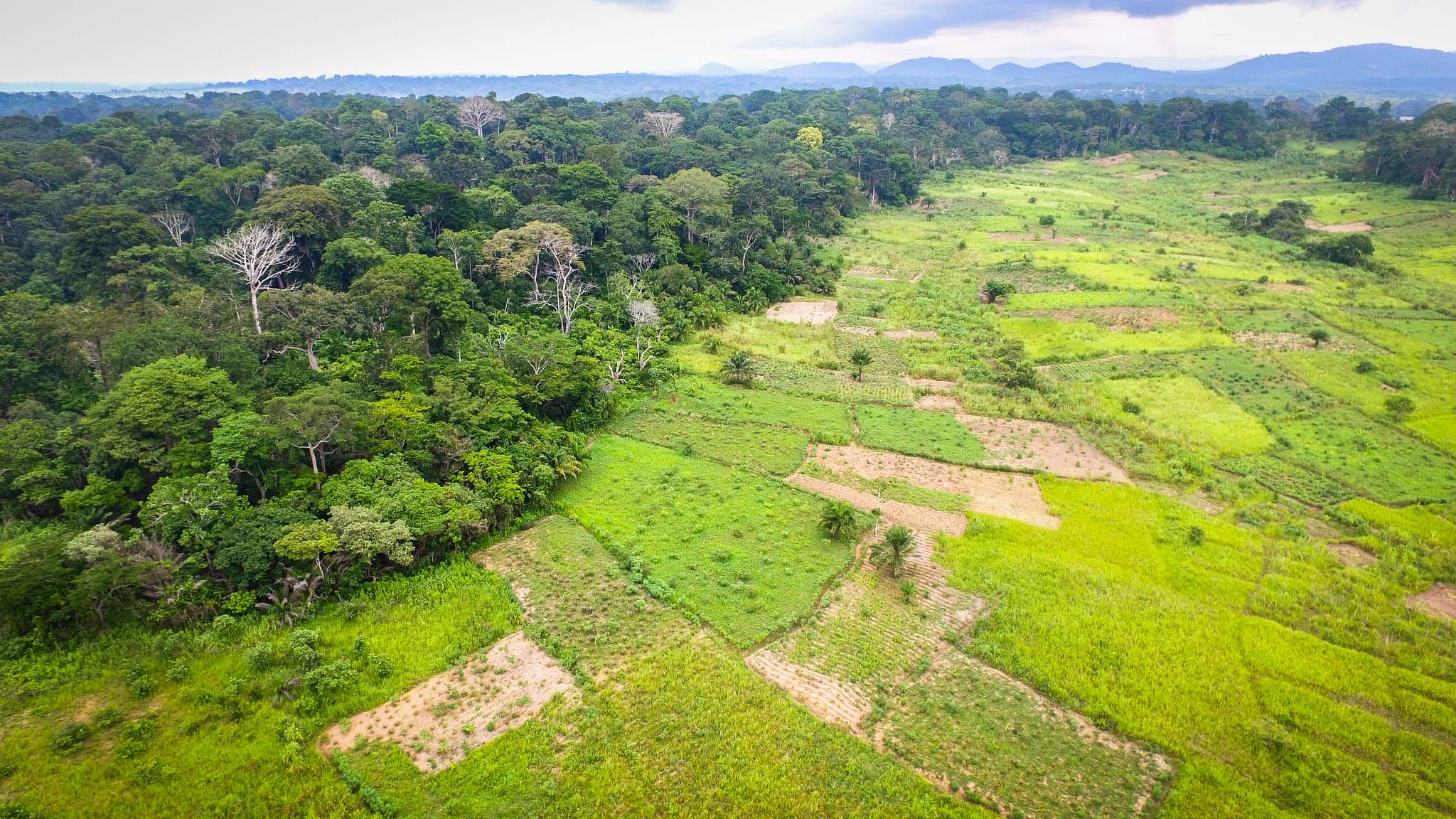
Nature’s choices are unpredictable, of course. If circumstances change, so will nature. In Puerto Rico, many of the trees that took back control of abandoned plantations were not those native to the island. The first movers were African tulip trees, natives of the dry forests of tropical Africa. They had been widely grown in gardens and backyards across the island for their showy orange flowers. Then, given the opportunity, they took to the abandoned farms and spread rapidly, while native species failed to gain a foothold.
I first wrote about the strange story of Puerto Rico’s forest recovery in a book on alien species. It asked whether we should condemn these ecological renegades, when their colonizing skills were often just what nature needed to jump-start recovery from human destructiveness. But things are changing on the island now. The aliens have improved the soils so much that native species have been returning. Ultimately the natives may triumph, thanks to hurricanes. When Hurricane Georges ripped through the island in 1998, it obliterated a lot of tulip trees, which are not adapted to the strong winds of the Caribbean. In the aftermath, native species gained ground. It is expected that the same phenomenon will have occurred on an even bigger scale after Hurricane Maria in 2017, which downed a quarter of the island’s trees. No census has yet established if the alien species there suffered more than the natives. We shall see in the long term what nature decides.
Adapted with permission of the publisher from the book A Trillion Trees: Restoring Our Forest by Trusting in Nature written by Fred Pearce and published by Greystone Books in April 2022.


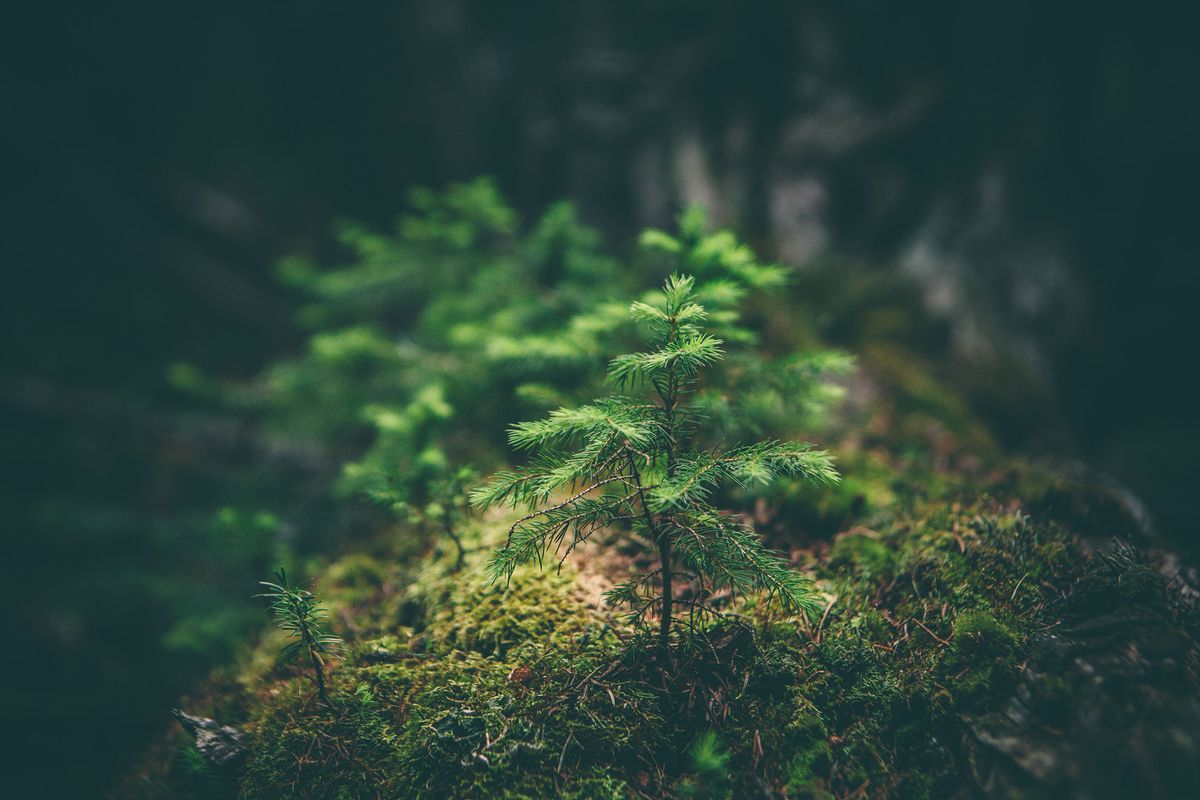



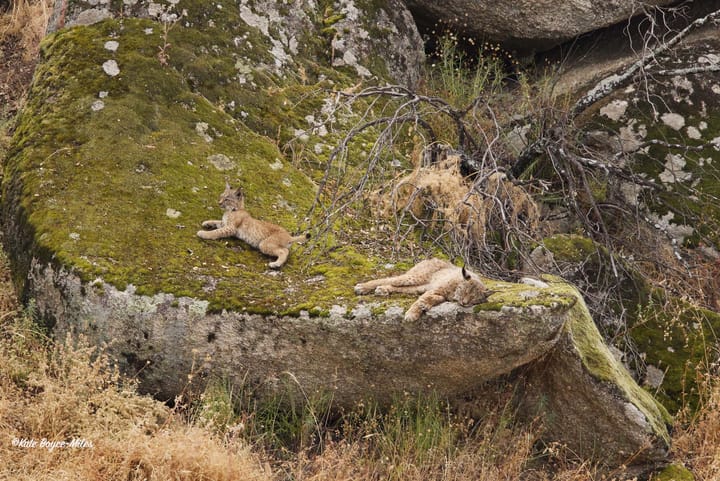
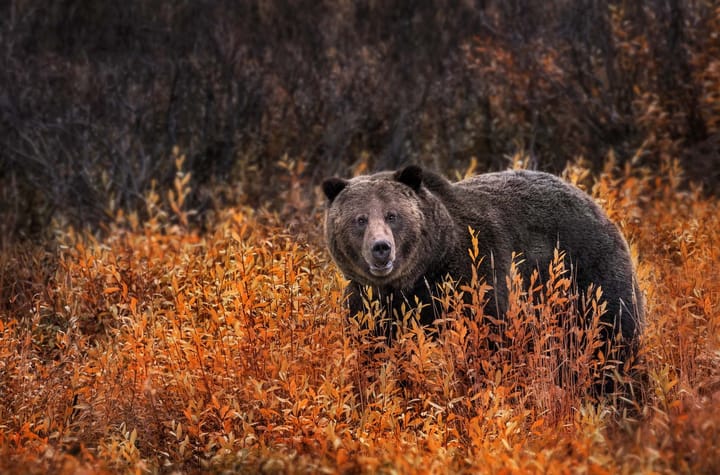

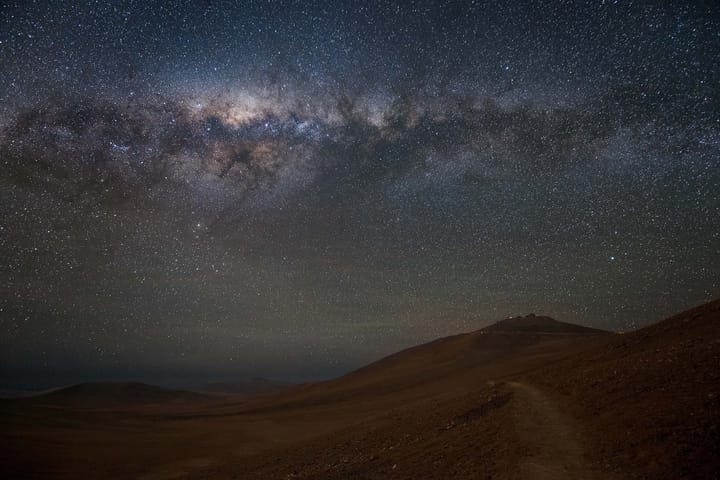

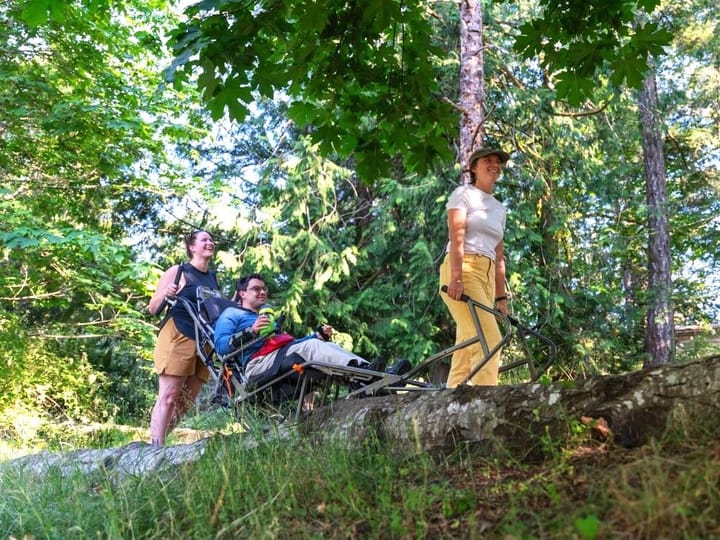

Comments ()